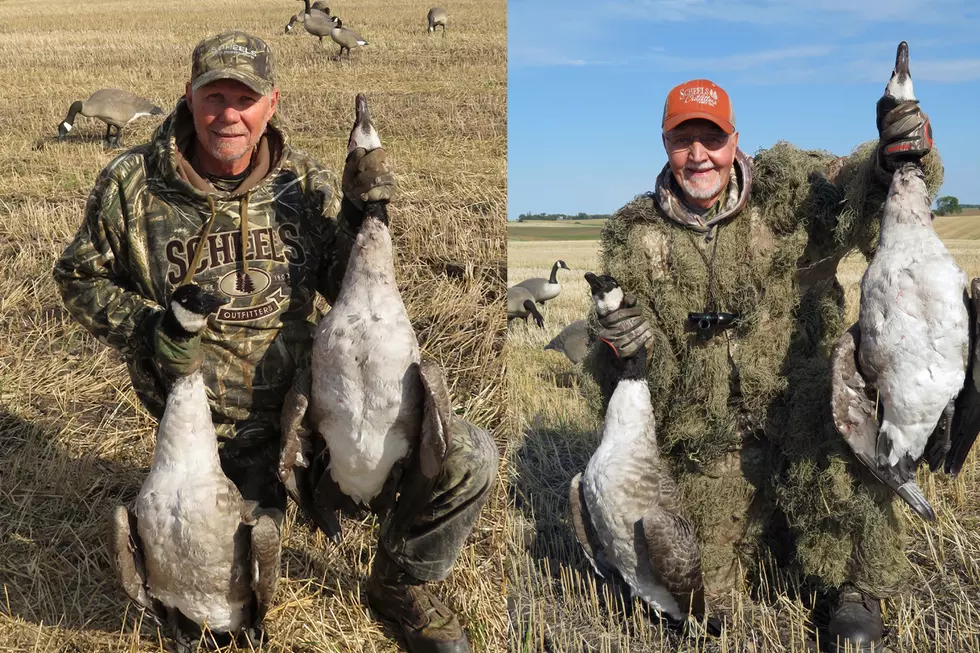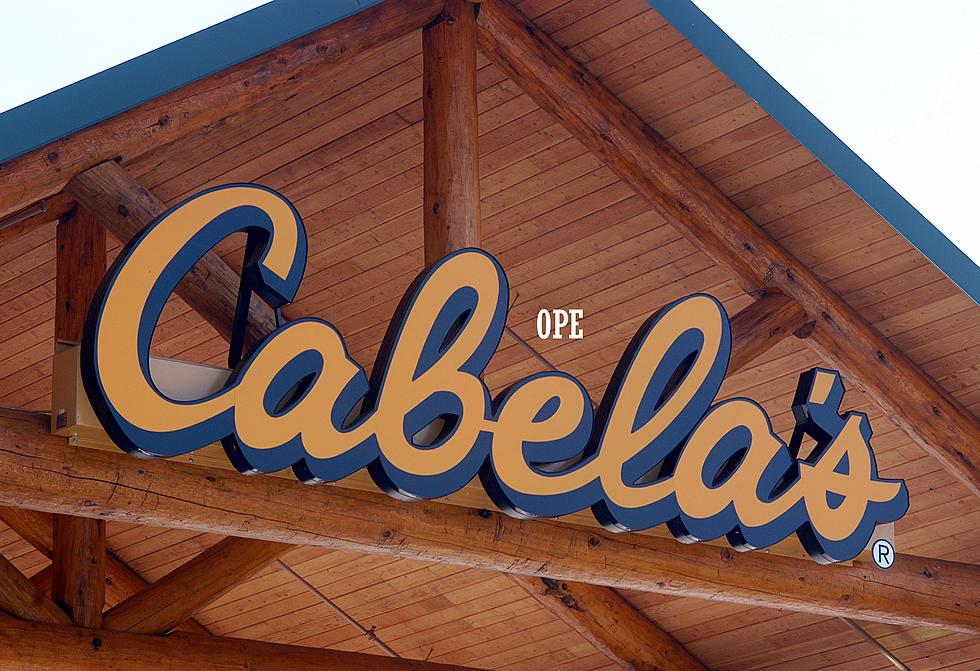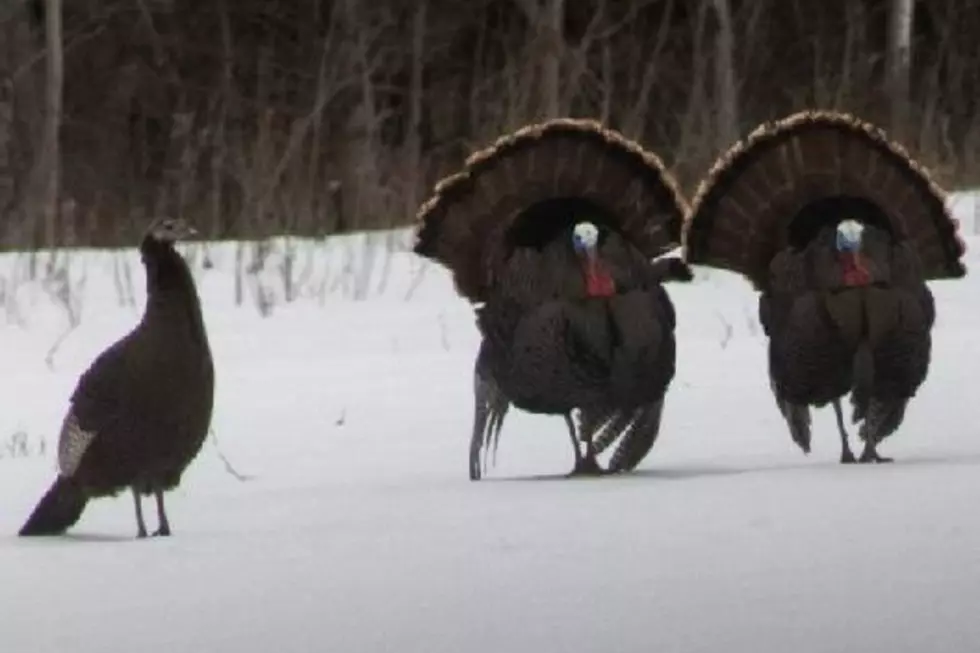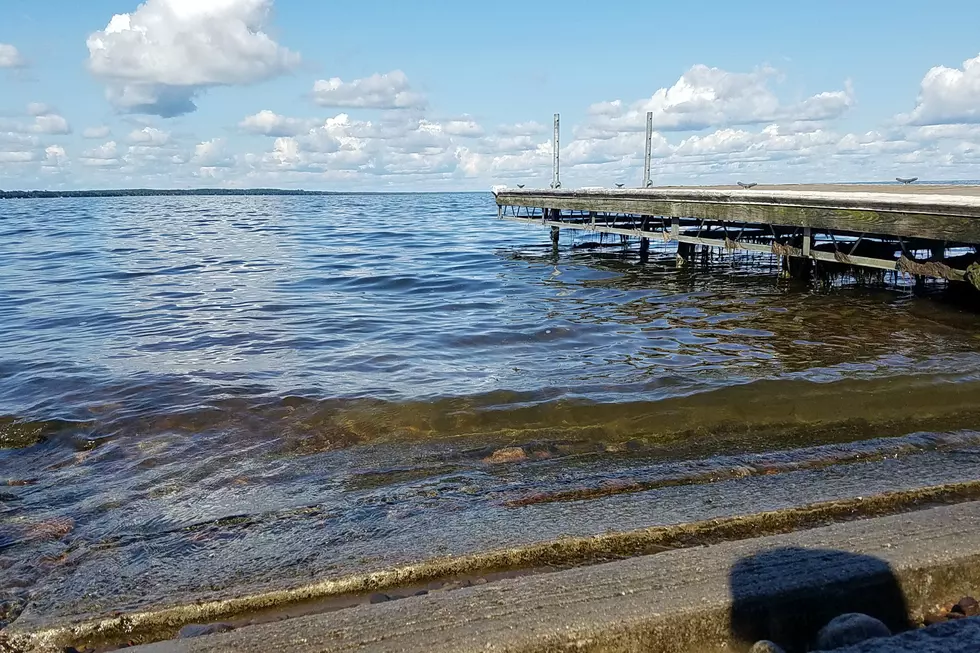
Three Scenarios for Early Season Geese
When it comes to early season goose hunting, there are a number of different scenarios that have yielded impressive numbers of birds for us. These hunting scenarios include water holes, alfalfa and small grain.
When hunting water holes, it is very important to note that I am talking about small daytime loafing ponds and not roost areas. I never ever hunt a roosting site. You can harass geese in the field frequently, but you bust the roost and they are gone.
Small water holes or pond hunting requires a somewhat unique approach. Because the geese are not coming to the water to feed early in the morning, you need to set a spread that makes things look more like a staging and loafing area than a feeding bonanza.
For this reason, we always set some decoys in the water and then put several dozen on land close to the water. The grass around the pond we hunt is not pasture so it is mowed to keep it short. Geese won’t walk up on land in tall grass because they can’t see. If you are going to utilize the land around the pond to set field decoys, the grass or weeds have to be short!
Although the water geese we harvest do come at all hours of the morning, the late morning period is often the best.
This is the time of the day when geese have fed and are looking for a place to get a drink and rest. Most of the time these late flying geese are going to come to the water decoys, but not always.
When hunting water, it is imperative that a person does not pack up too soon. Because you are targeting late flying birds, you have to stay longer into the morning.
Alfalfa fields have been good to me over the years, provided the greenery isn’t too high. Geese are real grazers early in the season and love grass and alfalfa.
Although we often utilize ghillie suits for concealment, I often prefer layout blinds in alfalfa fields. They are easy to camouflage especially if the alfalfa is several inches high.
Decoys are very visible in an alfalfa setting and can be spotted from a long ways off. This is very beneficial for getting the attention of traffic birds. Some of my most memorable hunts have taken place in hay fields.
My favorite early season goose hunting setting is definitely small grain fields. Like alfalfa, decoys show up very well. Because of the color of the residue straw, I find ghillie suits to be the best option for concealment.
Geese are very fond of the grain kernels that are left over after harvesting. There can be a lot of food available in small grain fields which really helps entice birds to your spread.
Many time I find that the residue grain will sprout and start to grow. Geese love these tender shoots and will readily feed on them all the way through mid-October. A small grain field in the right location can be a real hotbed of activity.
It is important to note that early season geese are still in family groups. No matter where a spread is located, the decoys should be set with family grouping in mind. These family oriented geese are often not very vocal so keep the calling to a bare minimum.
The early goose season is a very productive period for our group. By looking for different scenarios to hunt, we are able to keep having success even after the birds get educated.
More From AM 1240 WJON









